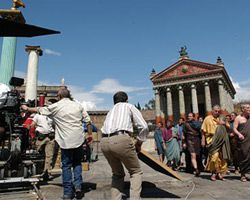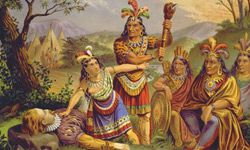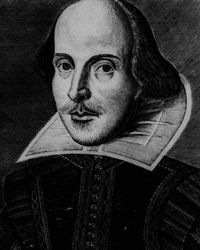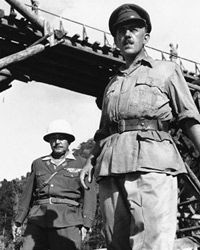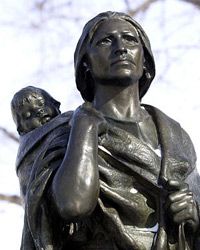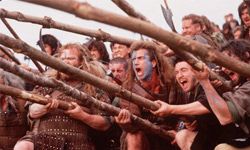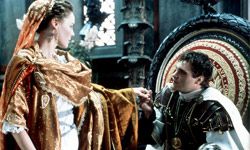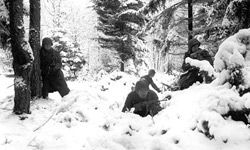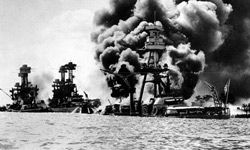Something about the words "based on a true story" flashing across the screen has the ability to capture a viewer's attention unlike anything else. History is full of noteworthy people and events that are just ripe for the screenwriter's picking and often result in hugely successful movies. However, try as they might, filmmakers who attempt to portray anything about the past very seldom satisfy their harshest critics. And we're not talking about Roger Ebert. Professional film reviewers are tame compared to the wrath of nit-picking historians.
One could theorize that there is a purpose to taking creative license with history. After all, historical events and people aren't known for being simple, clear-cut or morally unambiguous. A film allows us to boil down history into something more easily digestible and ethically black and white. Other times, filmmakers want to make a point about a modern issue or ignite wartime patriotism by invoking analogous events of the past, even if that means bending details.
Advertisement
Some historians, for all their complaints, actually give filmmakers credit for generating interest in history in a way that history books are rarely able to do [source: Ward]. Filmmakers frequently admit their lapses in historical correctness but claim to have captured the spirit of the truth. Nevertheless, when a filmmaker inaccurately portrays a beloved historical person or an emotional event, experts are always quick to point it out.
We've gathered 10 movies that many historians find insufferable and others just find laughable.
